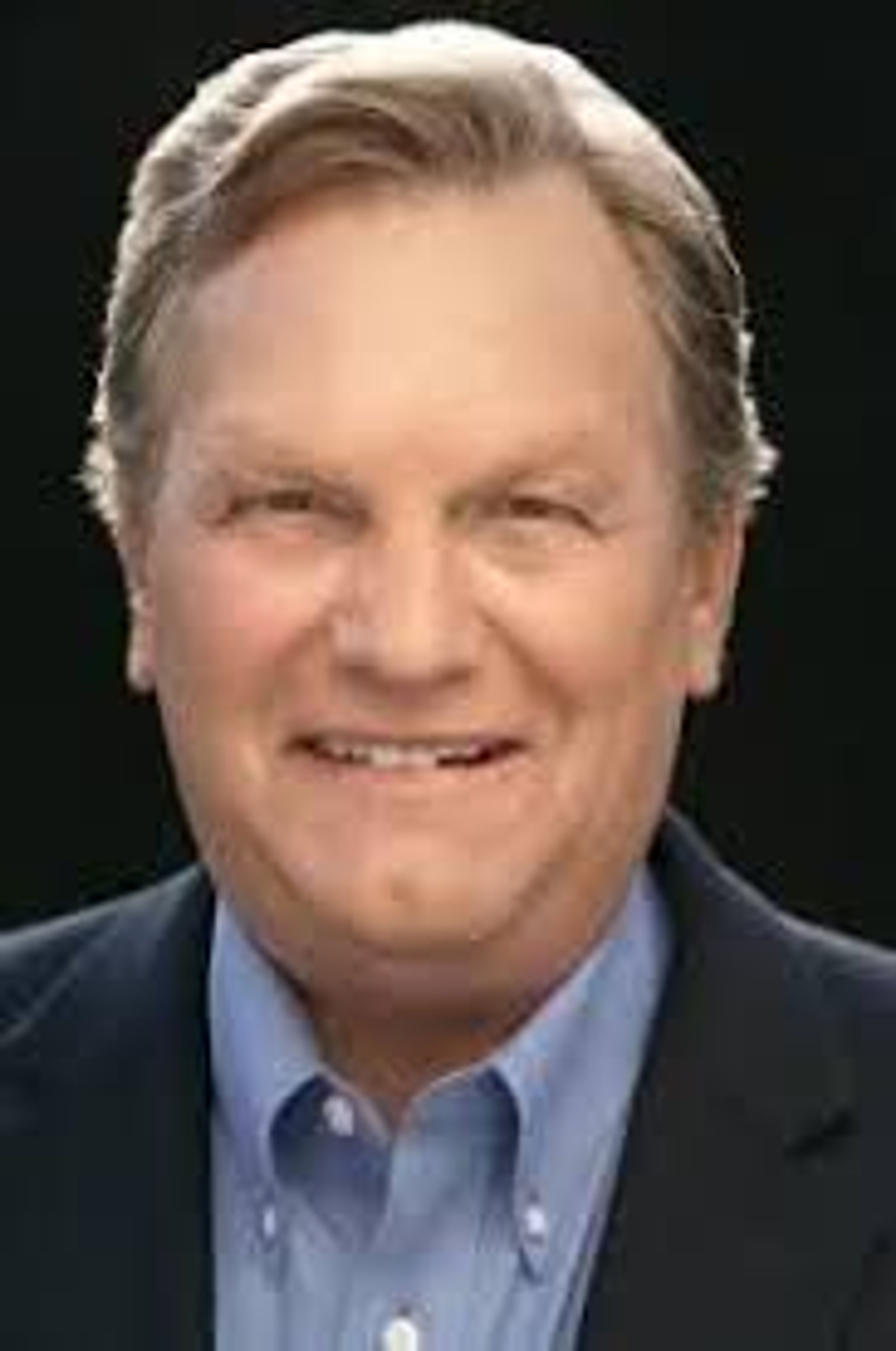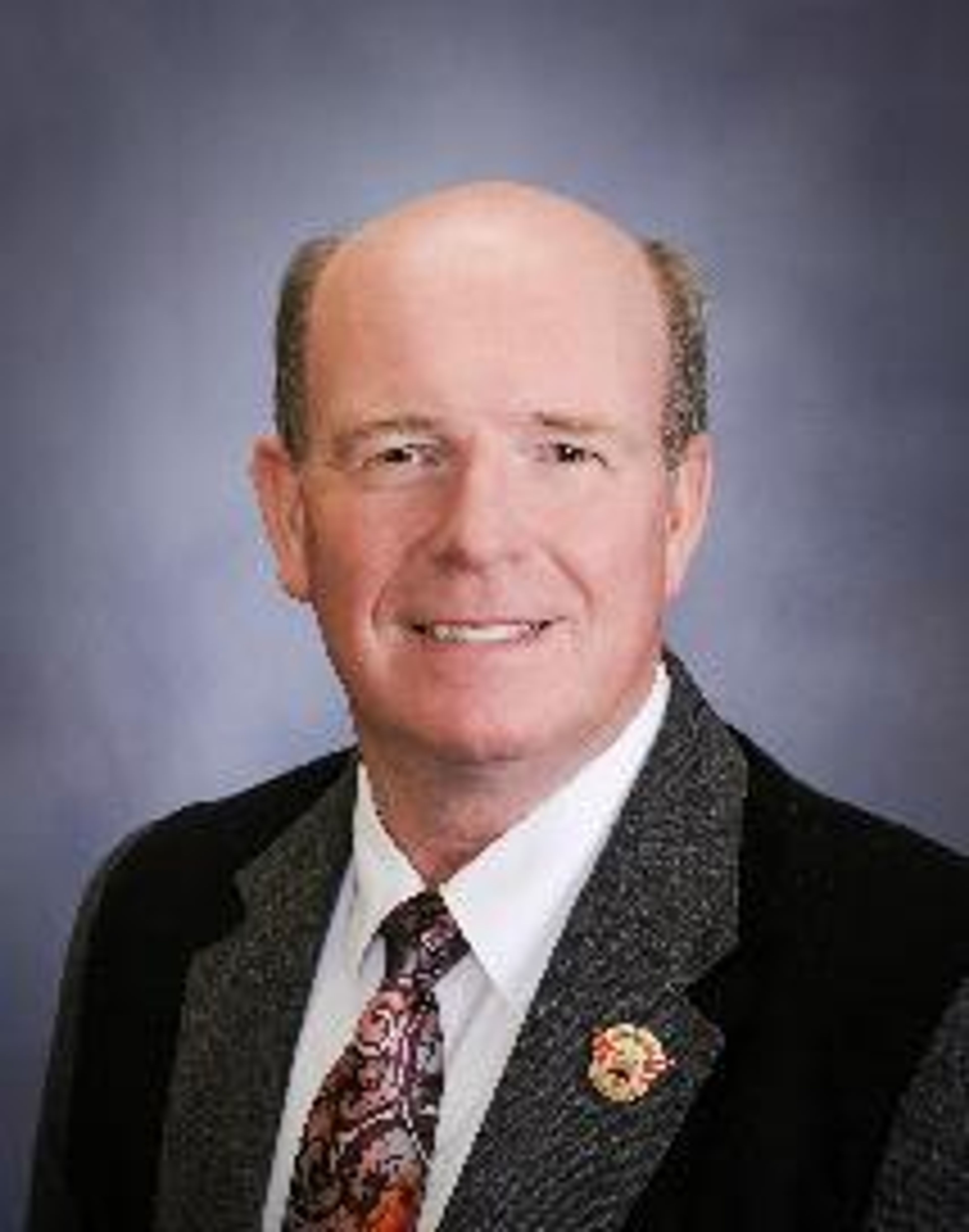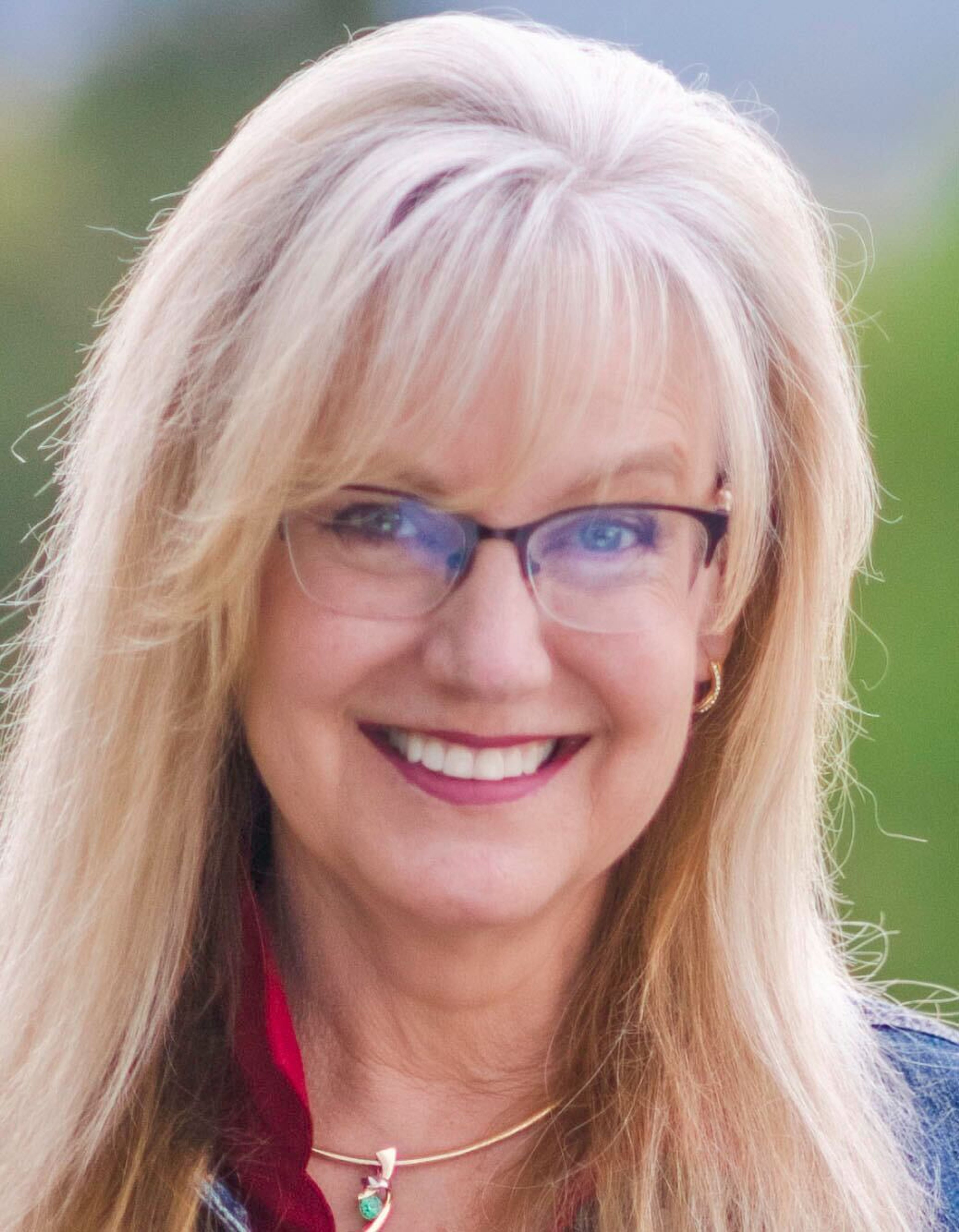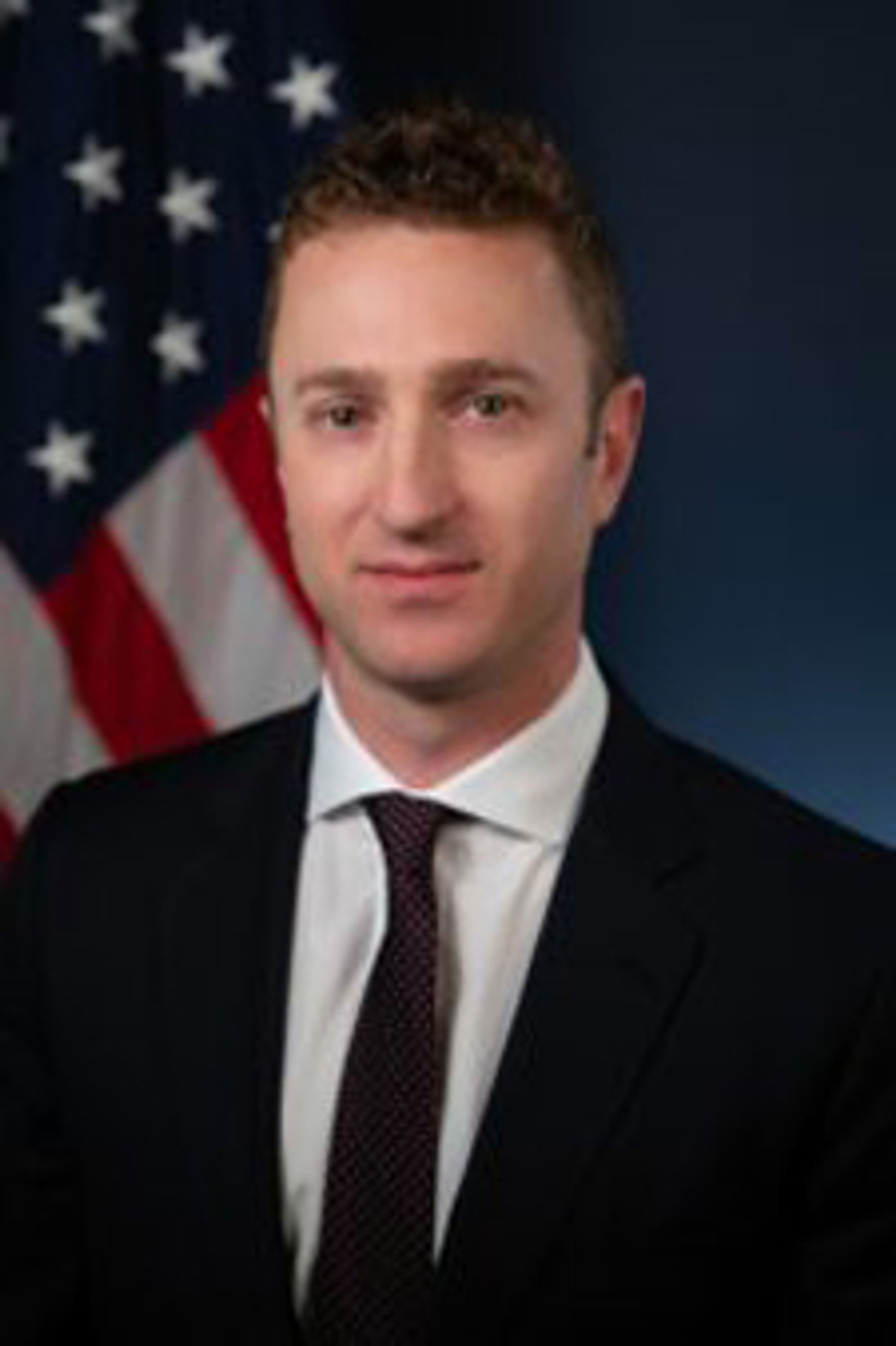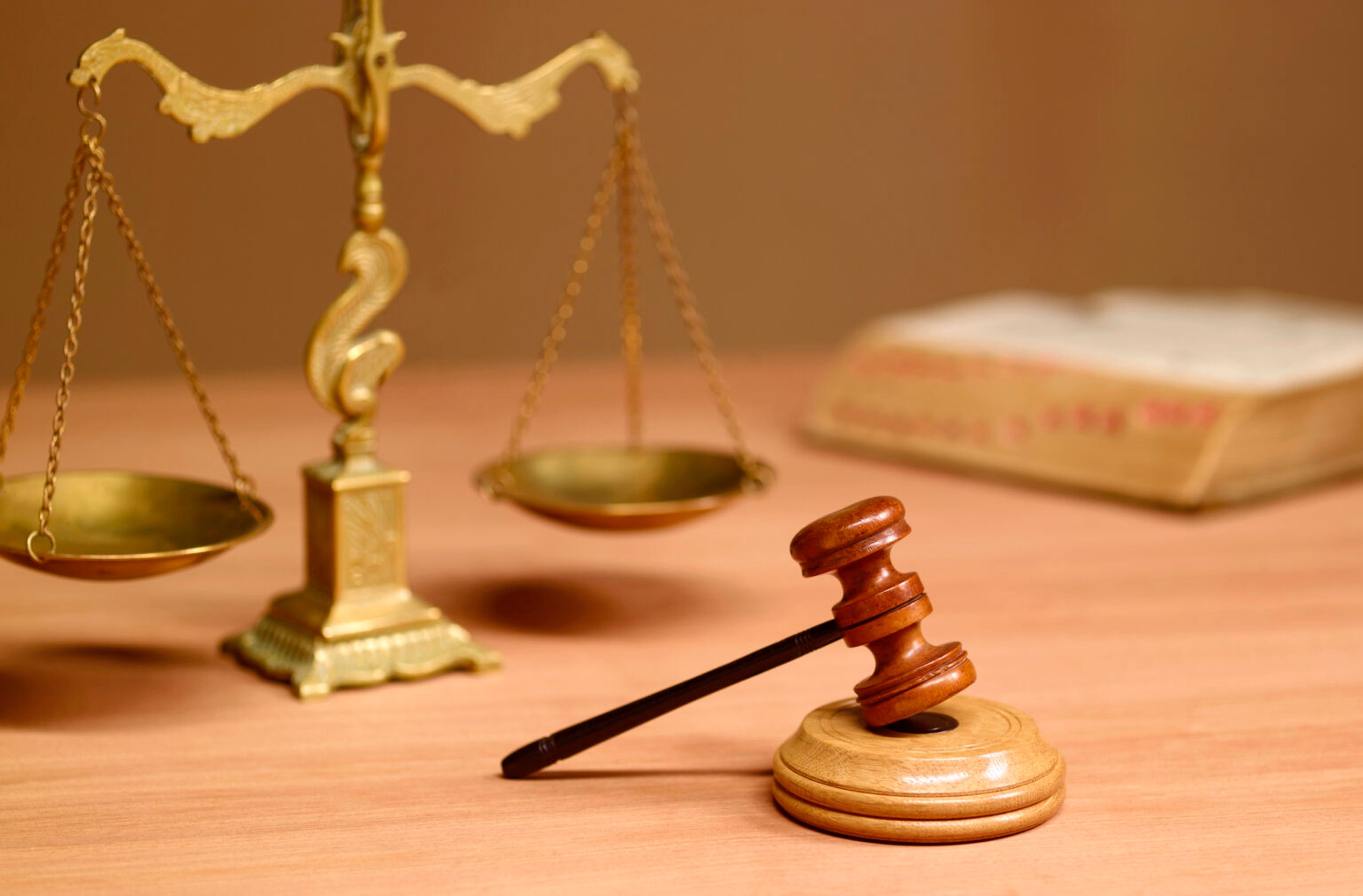Doctors, tribe work to rescue eagle
WSU veterinarians join Yakama Nation to help injured bird find a new life
After a young golden eagle was hit by a car, Washington State University wildlife veterinarians got to work assessing the damage.
They found the eagle could be rehabilitated, but the damage to one of its eyes was too severe for it to survive in the wild, said Michael Beckler, a wildlife biologist for the Yakama Nation tribe.
There are a few options for animals: They can be released, rehabilitated or euthanized. The golden eagle was rehabilitated, Beckler said, and the Yakama Nation took the bird.
Marcie Lynn Logsdon, associate professor at the WSU College of Veterinary Medicine, is one of the certified veterinarians at the school’s teaching hospital. She said the golden eagle came to them in early October from Lapwai. Logsdon said it had possibly been hit by a car but they weren’t sure what happened.
The eagle, Logsdon said, was possibly a young bird because it had not molted feathers. Golden eagles molt twice before they acquire their adult feathers, and that is about four to five years after hatching.
The eagle was rehabilitated and given to the Confederated Tribes and Bands of the Yakama Nation, to be cared for in the Yakama Nation Eagle Aviary, at Toppenish, Wash. The process was set in place by the U.S. Fish and Wildlife Service, which gives regional tribes the first opportunity to take unreleasable birds of prey.
In total, the eagle spent about three months with the WSU veterinarians, in order to reset the broken wing and to evaluate if the bird could be released.
“Younger birds heal faster than older birds, and his wing was better in about six weeks,” Logsdon said.
Golden eagles are protected under the U.S. Migratory Bird Treaty Act of 1918. This law, according to the Fish and Wildlife Service website, prohibits the killing, capturing, selling, trading or transporting of protected migratory birds without prior authorization by the department.
The aviary is one of nine in the U.S., Beckler said, and gives the tribes direct access to molted eagle feathers to be used in ceremonies.
Beckler said the other way for tribes to get eagle feathers legally is through the National Eagle Repository, in Colorado, which has a high demand. There is another aviary in Coeur d’Alene, which is home to four birds.
There are two other birds living in the Toppenish aviary, a bald eagle and a red-tailed hawk. The red-tailed hawk, named Apollo, was rehabilitated over 10 years ago at WSU, according to the news release.
“We’re always here to help with questions about wildlife, and anyone with questions can reach out to us through the veterinary teaching hospital,” Logsdon said.
Kali Nelson can be reached at knelson@dnews.com.





